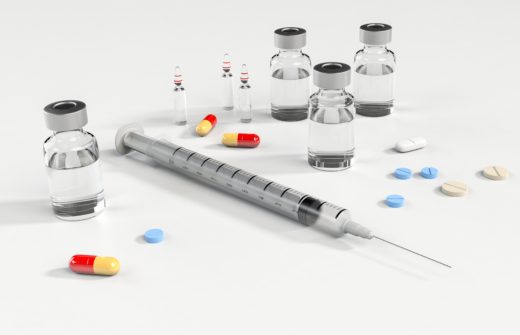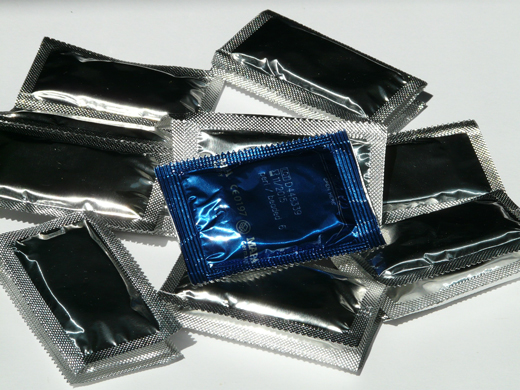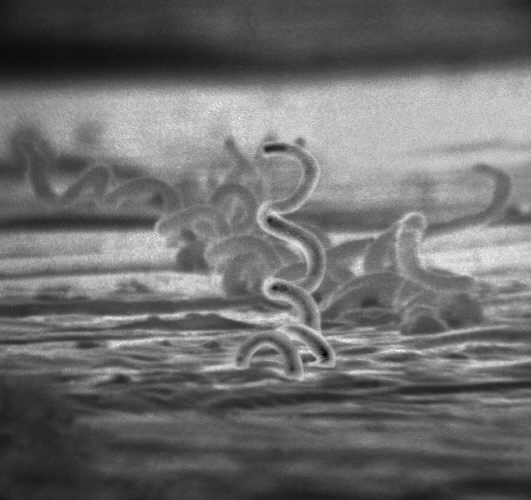What are the symptoms?
2 to 4 weeks after contamination, the appearance of a chancre (pinkish, hollow and painless sore) where the bacteria entered your body: sex, anus, in the mouth or throat (syphilis I). This highly contagious lesion can go unnoticed, especially if it is located at the back of the throat or anus. Caution: if the chancre disappears without treatment, Lady Syphilis hasn’t gone away!
The infection can progress a few weeks later (syphilis II) and manifest itself in pimples or pinkish spots (roseola) on the chest, palms, soles of the feet, mucous membranes and cause fever. But sometimes there are no apparent symptoms…
If untreated, it can develop into syphilis III, which can cause serious damage to the brain, heart or joints.
Can this be treated?
Very well if diagnosed in stages I and II, by an injection of antibiotic in the buttock (left or right, as desired!).
Where and when to consult?
Regularly – especially if you have many partners – and quickly in case of a chancres-type lesion or a roseola-type skin rash. Syphilis screening is done by blood test. You can consult with your doctor, go to a specialized health center or a CIDDIST1.
How to prevent syphilis with oral sex?
During the contagious period (chancre, pimples/stains on the body) and during treatment, avoid blowjobs. If you are not infected or if you don’t know, the condom is the best protection against the spread of syphilis.
Français






